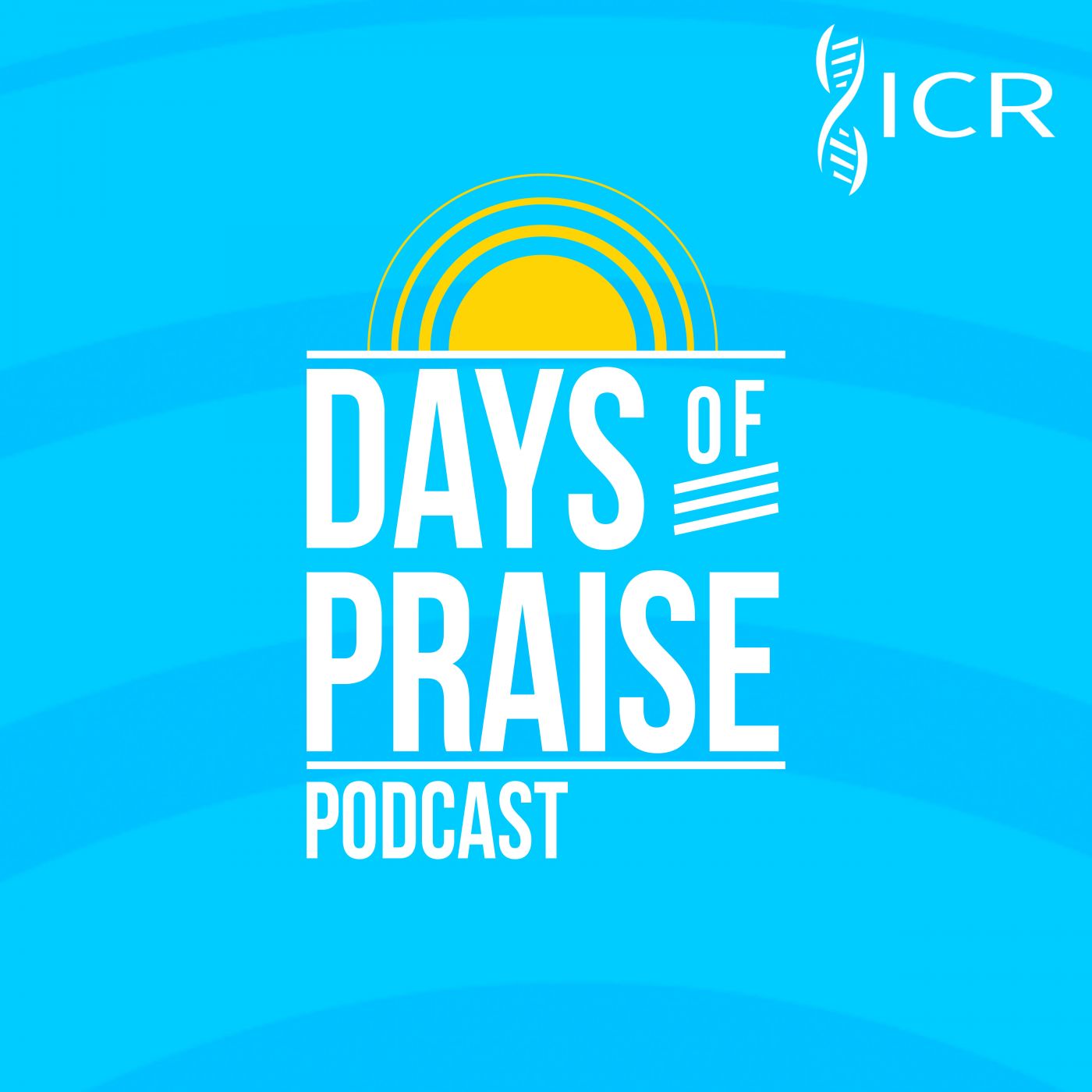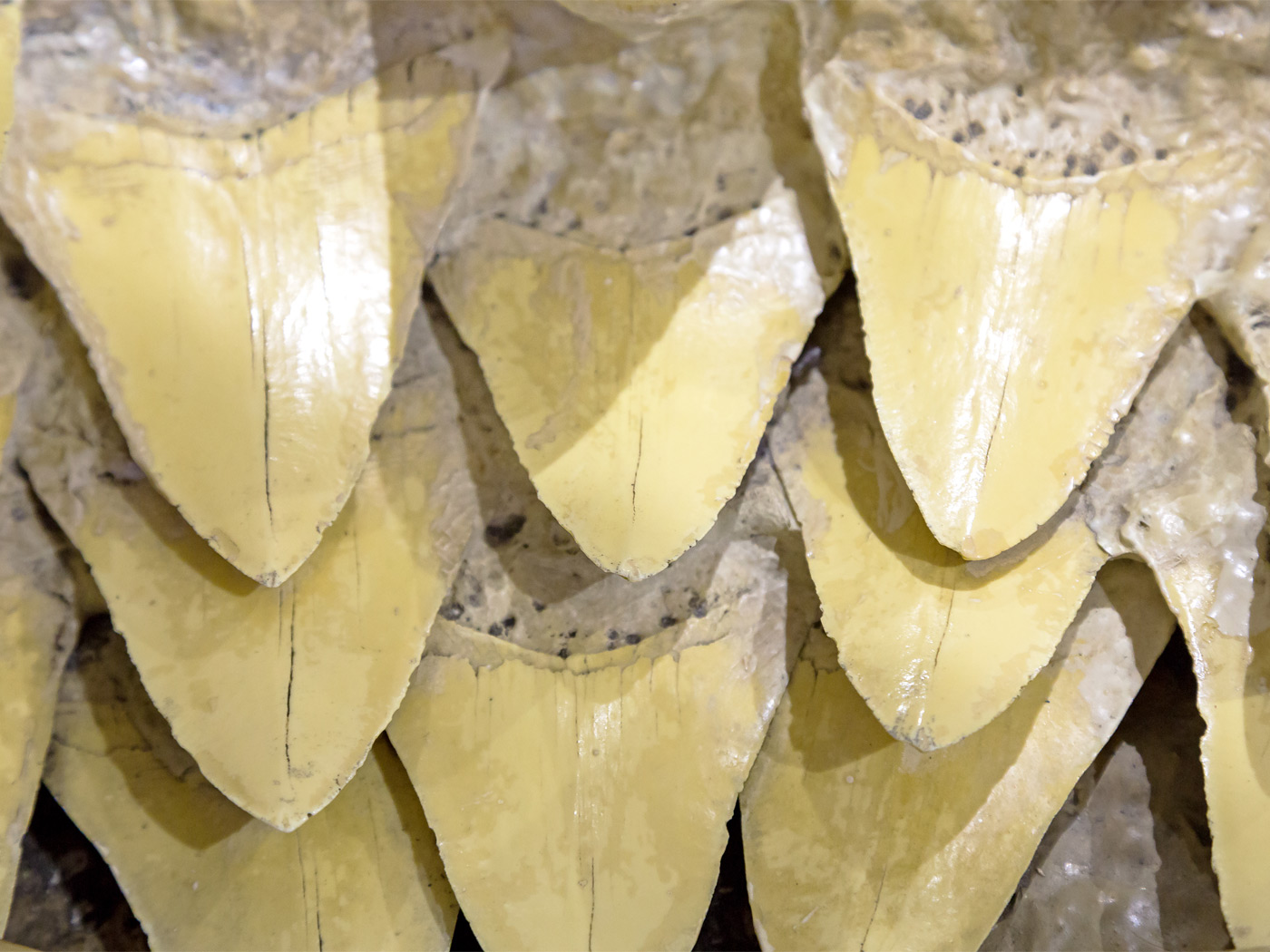“I beheld the earth, and, lo, it was without form, and void; and the heavens, and they had no light.” (Jeremiah 4:23)
The language in this verse is clearly patterned after Genesis 1:2, the description of the primordial earth: “And the earth was without form, and void; and darkness was upon the face of the deep.” That it is a metaphor, however, and not an actual reference to that primordial earth is evident from its context. The previous verse speaks of “my people” (that is, the people of Judah) and the following verse of “the mountains” (there were no mountains as yet at the time of Genesis 1:2).
Furthermore, the broader context makes it plain that the prophet is speaking of a coming judgment on the land of Judah because of the rebellion of its people against their God (verse 16 specifically mentions Judah, and verse 31 mentions Zion). The land is to be so devastated that the prophet compared its future appearance to the unformed and barren earth at its very beginning.
This ultimate fulfillment will be at Armageddon. The same Hebrew words (tohu for “without form,” and bohu for “void”) occur again in this context in an awesome scene of judgment described by Isaiah: “For the indignation of the LORD is upon all nations” (34:2), gathered together in the former land of Edom to fight against Jerusalem when Christ returns, “and he shall stretch out upon it the line of confusion [i.e., tohu], and the stones of emptiness [i.e., bohu]” (34:11). Instead of the regular surveyor’s line and markers ordering the property boundaries, God’s judgment will bring such disorder and barrenness to the land that it almost will seem to revert back to its primeval state at the beginning of time. “Nevertheless we...look for new heavens and a new earth” (2 Peter 3:13), and that earth will be beautiful and bountiful with “no night there” (Revelation 22:5). HMM
 Days of Praise Podcast is a podcast based on the Institute for Creation Research quarterly print devotional, Days of Praise. Start your day with devotional readings written by Dr. Henry Morris, Dr. Henry Morris III, Dr. John Morris, and others to strengthen and encourage you in your Christian faith.
Days of Praise Podcast is a podcast based on the Institute for Creation Research quarterly print devotional, Days of Praise. Start your day with devotional readings written by Dr. Henry Morris, Dr. Henry Morris III, Dr. John Morris, and others to strengthen and encourage you in your Christian faith.
























